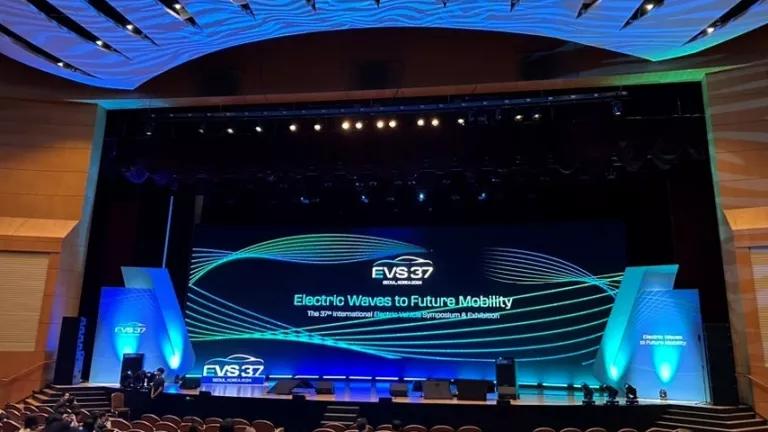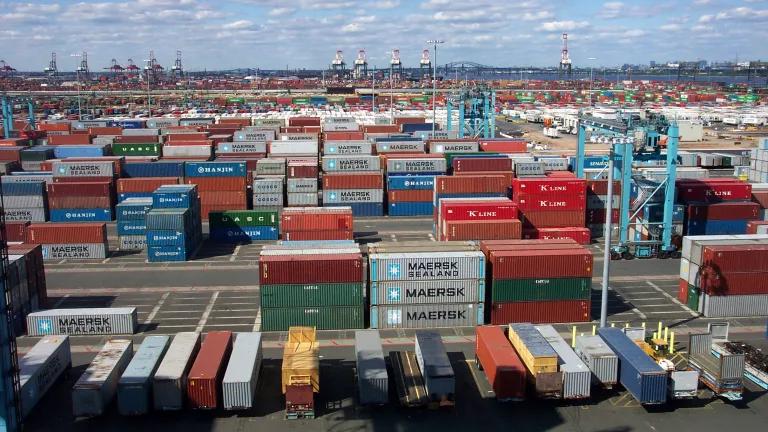
In a speech in Georgetown earlier this week, President Obama restated his goal to cut oil imports by a third by 2025, and laid out a plan to get there: by increasing vehicle carbon pollution and fuel economy standards and expanding domestic drilling. (My colleague Deron Lovaas has pointed out earlier that expanding drilling ain’t gonna work, and the President agrees that “it’s not a long term solution to our energy challenge.”)
Raising carbon pollution reduction and fuel economy standards, on the other hand, is a proven solution. Setting a high federal performance bar based on carbon pollution cuts and fuel economy boosts gives Detroit the confidence it needs to invest in innovation and speed better cars to market. According to the White House, the new standards enacted last year will save 1.8 million barrels of oil and save consumers about $3,000 dollars over the lifetime of the plan. Under the president’s direction, federal agencies are working on a proposal to raise the mileage bar even higher this fall. The Administration has also introduced the first-ever carbon pollution and fuel efficiency standards for medium and heavy-duty trucks. In his speech yesterday, the president also announced a new federal directive for all government agencies to purchase only alternative fuel, hybrid or electric vehicles by 2015.
The private sector is already starting to embrace these vehicles. UPS boasts a fleet of nearly 2,000 alternative fuel and alternative technology vehicles, one of the biggest in the business. The company has taken a lot of smart measures to save fuel, and the President will visit a UPS plant in Landover, Maryland today to see their policies in action.
UPS already has a no-idling policy, which saves fuel and cuts down on emissions. They use a route-planning software system that minimizes the number of left turns a driver has to make – this simple metric cuts down on waiting time at intersections, and has saved the company 100,000 metric tons of carbon emissions since the software was implemented in 2004.
Photo: http://pressroom.ups.com/Image/Electric+Package+Car
Where the company gets really ingenious is in their willingness to explore alternative vehicles. They were actually using electric vehicles as far back as 1930s, testing them out in New York City. Today, they’re using electric vehicles in London and Manhattan, and tractors that run on liquefied natural gas in Northern California. They’re running 250 hybrid-electric vehicles across the country, reducing fuel consumption by 220,000 gallons annually, and they are expected to deploy 130 more this year.
UPS is also testing out hydraulic hybrids, a pretty cool technology that a lot of people don’t know about. Instead of storing energy in a battery like a conventional hybrid, these vehicles use a simple hydraulic pump and motor to capture energy from braking and move the wheels. Hybrid hydraulics emit 40 percent fewer pollutants than conventional UPS trucks, according to the EPA.
The sooner we get more of these vehicles on the road, the more secure our nation will be.



